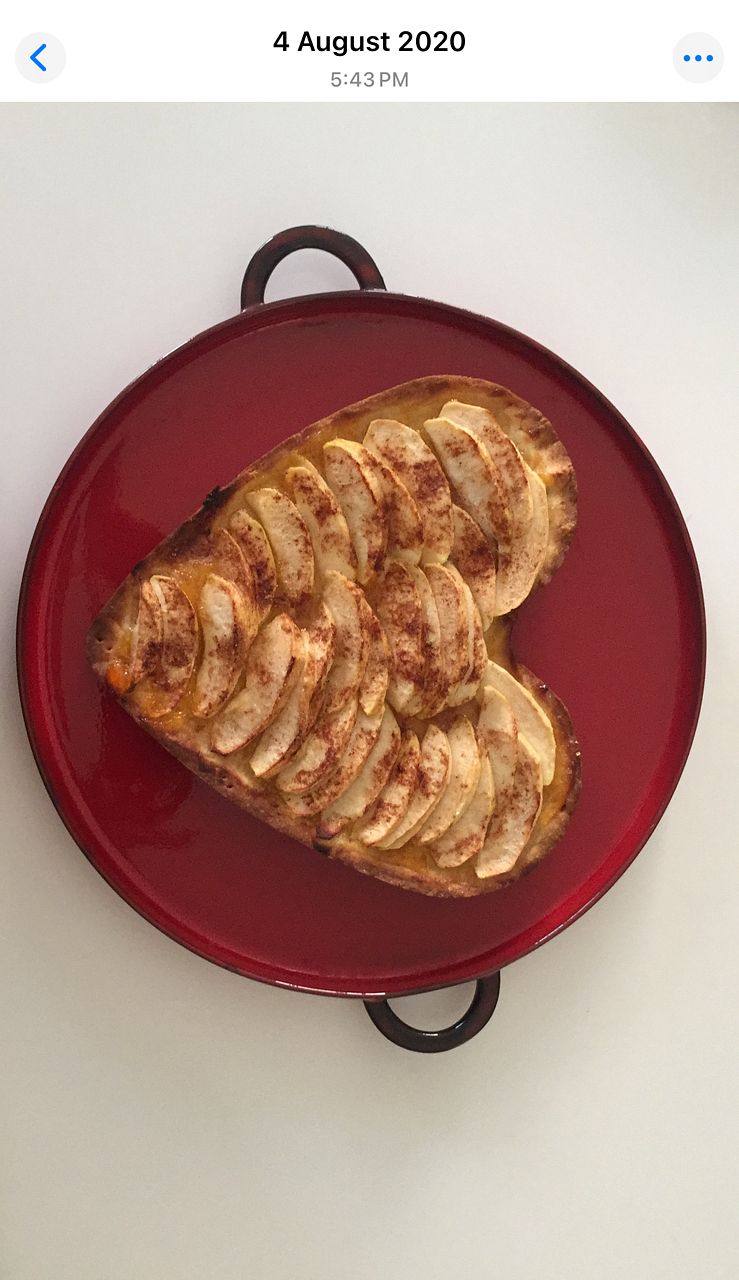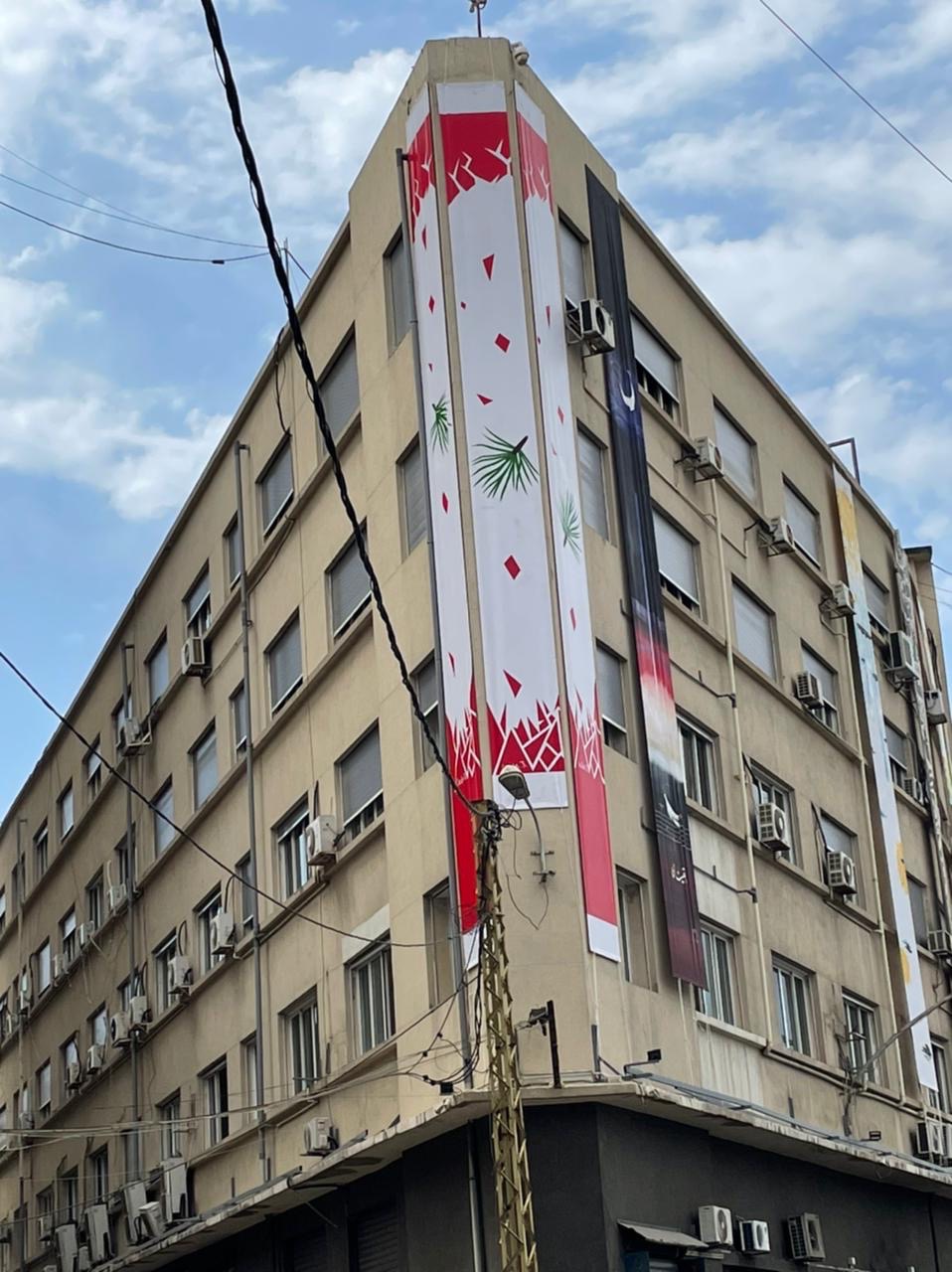
Where were you on August 4, 2020? How did you experience that day?
I was working from home that day—it was our wedding anniversary, and I had decided to bake a cake to celebrate. I had just taken it out of the oven, snapped a quick photo, and sat down with a cup of coffee when a deafening explosion shook everything. It felt as though it had happened right next door. I instinctively rushed to the window, trying to grasp what had just occurred.
Moments later, I was glued to the television—just as I had been during every major event we’ve endured over the past five decades—trying to make sense of the horror unfolding before us.
What were the consequences of the explosion for you — at the time, in the weeks, months, and years that followed?
For me, there is a clear divide: life before and after August 4, 2020. I cycled through a whirlwind of emotions—shock, despair, and above all, overwhelming sadness for the lives lost, the injured, and the grief-stricken families.
As time passed, that sorrow transformed into a deep sense of anger and revolt. On the first anniversary of the tragedy, I took part in a collective exhibition organized by Galerie Janine Rubeiz. We were each given a full-length banner, displayed on the façade of the Boulos Fayad building facing the Port of Beirut—an artistic act of remembrance and a personal response to the disaster that shattered half the city.
Five years later, how do you feel? What do you want to say?
Five years later, I still struggle to believe that justice remains so far out of reach. Nothing has been done to bring us closer to closure. My hope that change would come has slowly, painfully, faded with each passing year.

